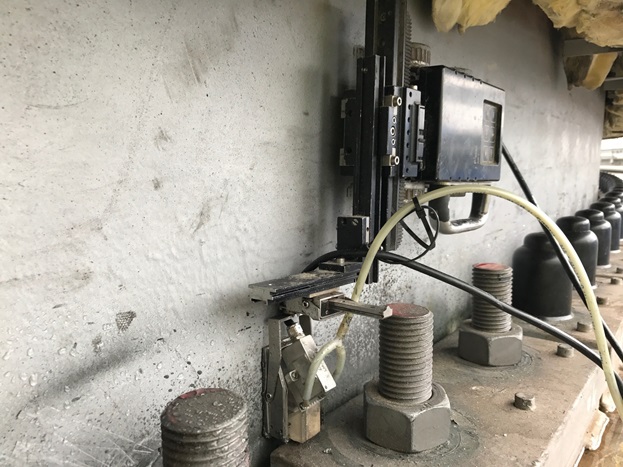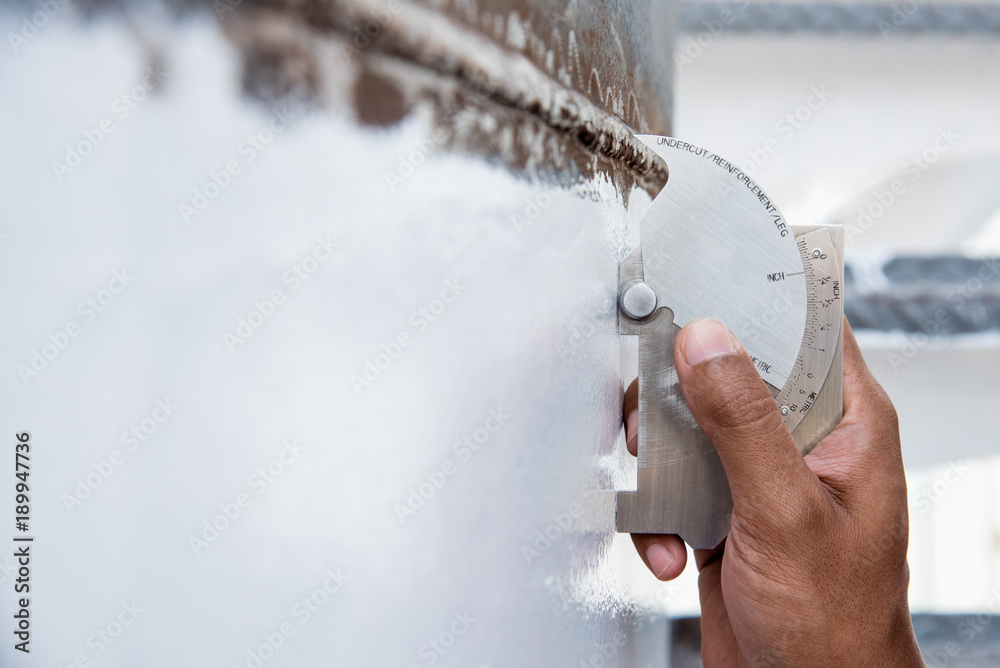How to Make Sure Conformity with Tank Welding Inspection Standards
How to Make Sure Conformity with Tank Welding Inspection Standards
Blog Article

Comprehending the Value of Rigorous Container Welding Assessment Processes in Stopping Failings and Enhancing Lifespan
In the world of industrial operations, the value of rigorous tank welding examination procedures can not be overemphasized. By implementing numerous inspection approaches, organizations can find problems early, thus preventing pricey effects and expanding the life of their storage containers.
Importance of Welding Examinations
Identifying the important function of welding evaluations in maintaining architectural stability, these processes guarantee that welds meet well established standards and specs - Tank Welding Inspection. Efficient welding examinations are vital in the building and construction and upkeep of containers, as they directly influence the sturdiness and safety and security of the frameworks. By determining prospective shortages, such as incorrect strategies or material problems, examinations mitigate the threat of disastrous failings
Welding assessments incorporate various methods, consisting of visual evaluations, non-destructive testing (NDT), and assessments of welding treatments. Each approach offers to confirm the quality and compliance of welds with sector guidelines, thereby safeguarding both workers and ecological rate of interests. Routine inspections cultivate a culture of responsibility and quality within the workforce, ensuring that all team members stick to best methods.
Moreover, these evaluations contribute to the general lifecycle administration of containers by recognizing wear or degradation early at the same time. By attending to these concerns proactively, organizations can extend the operational life expectancy of their possessions, eventually bring about cost savings and enhanced dependability. In recap, the significance of welding inspections can not be overemphasized; they are important for guaranteeing security, durability, and compliance in storage tank building and construction and upkeep.
Usual Root Causes Of Container Failings
Recognizing the usual sources of tank failings is essential for stopping disastrous incidents and making sure the longevity of storage space systems. One widespread source of tank failure is rust, which can considerably deteriorate the structural stability of tanks with time. Environmental factors, such as direct exposure to dampness, chemicals, and temperature variations, can accelerate this procedure.
Another critical variable is incorrect welding techniques, which may result in problems like splits or incomplete joints. These issues can jeopardize the tank's stamina and cause leaks or ruptures. In addition, poor maintenance practices can cause unseen damage, eventually boosting the danger of failing.
Style imperfections, including inadequate thickness or poor product choice, can additionally add to tank susceptabilities. Functional factors, such as overfilling or exposure to severe pressures, can strain the container beyond its desired limitations.
Secret Examination Strategies
Reliable evaluation methods play a vital function in alleviating the risks connected with storage tank failures. A thorough technique to container welding assessment includes numerous vital techniques, each designed to determine prospective issues and make this hyperlink sure architectural stability.
Visual examination continues to be the first line of defense, allowing inspectors to determine surface anomalies such as fractures, rust, or imbalance. This technique is frequently supplemented by non-destructive screening (NDT) approaches, which are important for evaluating weld top quality without compromising the tank's integrity.

Furthermore, magnetic particle testing (MPT) and dye penetrant screening (DPT) work for identifying surface problems in ferromagnetic materials and non-porous surfaces, specifically. Each strategy has its staminas and limitations; as a result, a combination of approaches is frequently employed to achieve thorough examination results.
Benefits of Strenuous Evaluations
While the immediate prices of rigorous evaluations may appear overwhelming, the long-lasting advantages considerably outweigh these preliminary investments. Applying thorough inspection processes not just improves the stability and security of storage tank frameworks but likewise lessens the danger of devastating failures that can cause significant economic losses and ecological damage.
Rigorous evaluations help identify possible issues early in the welding process, enabling for timely corrective activities that avoid costly repairs or replacements down the line. This proactive technique promotes a culture of quality control, where adherence to ideal practices becomes instilled in operational procedures. Regular inspections add to raised property longevity, as they ensure that tanks stay in ideal condition throughout their lifespan.
In enhancement, the documentation generated from these evaluations acts as a useful resource for upkeep preparation and performance examinations. This data-driven method can likewise boost operational efficiency, causing reduced downtime and enhanced performance. Inevitably, extensive evaluations not only secure the architectural honesty of tanks however likewise offer significant economic benefits, enhancing the concept that investing in high quality assurance is a wise decision for any type of organization entailed in container operations.
Governing Standards and Compliance
Regulative requirements and conformity are essential components of container welding inspection procedures, as they establish the framework for making certain safety and security and quality in procedures. Conformity with these criteria not just alleviates risks yet also enhances the total honesty of welded frameworks. Various organizations, including the American Society of Mechanical Engineers (ASME) and the American Petroleum Institute (API), give standards that determine acceptable techniques for welding, evaluation, and screening.
These requirements mandate using qualified employees, the implementation of strenuous examination methods, and adherence to details welding procedures. By aligning with regulatory demands, companies can guarantee that their containers satisfy the essential safety and efficiency criteria, consequently lowering the possibility of tragic failings that can lead to substantial financial losses and environmental damages.

Moreover, regulative compliance cultivates a culture of liability and continual renovation within the welding and construction fields (Tank Welding Inspection). Routine audits and evaluations make sure that techniques Click Here stay straightened with advancing criteria, consequently promoting lasting dependability and functional efficiency. Eventually, adherence to regulative criteria not only safeguards properties however likewise improves the life-span of bonded containers, guaranteeing they offer their Extra resources designated purpose effectively in time
Conclusion
In final thought, rigorous tank welding inspection processes play a vital function in preventing failures and prolonging the life expectancy of storage structures. By recognizing prospective deficiencies through various examination strategies, companies can minimize risks connected with container stability.
Report this page